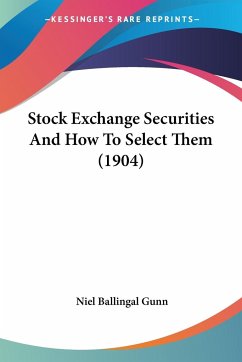Welcome to the 2008 Third Edition of this popular and highly acclaimed guide to Compliance, Confusion and Conflict in Corporate Governance, written powerfully for the professional and the investor alike. Wright's Manual of Compliance for the Study, Establishment and Enforcement of Standards in the Financial Services Industry was first published in 2002 on the second anniversary of the Dot.Com stock market melt-down and the first anniversary of the heinous destruction of the World Trade Center. The market environment included the aftershocks that "9/11" had sent throughout the global financial industry, compounded by the massive financial frauds of Bre-X, Enron, WorldCom, Adelphia, Tyco and multi-million dollar executive bonuses, perks and stock death spirals. The regulators and the public hugely lost faith in the financial marketplace. Where were the watchdogs? Returning to Canada from the presidency of a securities firm in Nassau Wright was asked to research and teach in a timely new college graduate programme in Compliance - but there was no overarching specific text. So he researched, compiled and wrote it. This 2002 reference was entitled Compliance: The Role of the Chief Compliance Officer in Corporate Governance. It had been written based on Wright"s extensive international expertise in all four pillars of the financial services industry. When students and professors passed it about, compliance professionals and investors praised it for Wright's informative, comprehensive, hard-hitting but easy-reading style. It was pithy and solid. Readers and industry experts encouraged him to expand the manual to encompass all areas the compliance department needs to know, and use, to set up and operate a financial services firm ethically, legally and effectively. In short: to comply with proper corporate governance issues and community/customer norms. In its revised format the text, now Demons in the Financial World and How to Spot Them: Compliance, Confusion and Conflict in Corporate Governance was being put on the internet for print-on-demand sale by Trafford, which would give it far greater visibility and availability, and permit on-going revisions to keep it most current. Full of useful checklists, Wright's Manual of Compliance guides professional and investor alike to apply his understandable dos and don'ts, and to transfer from familiar experiences into the esoterica of the Directors' Board-Room.
Hinweis: Dieser Artikel kann nur an eine deutsche Lieferadresse ausgeliefert werden.
Hinweis: Dieser Artikel kann nur an eine deutsche Lieferadresse ausgeliefert werden.








